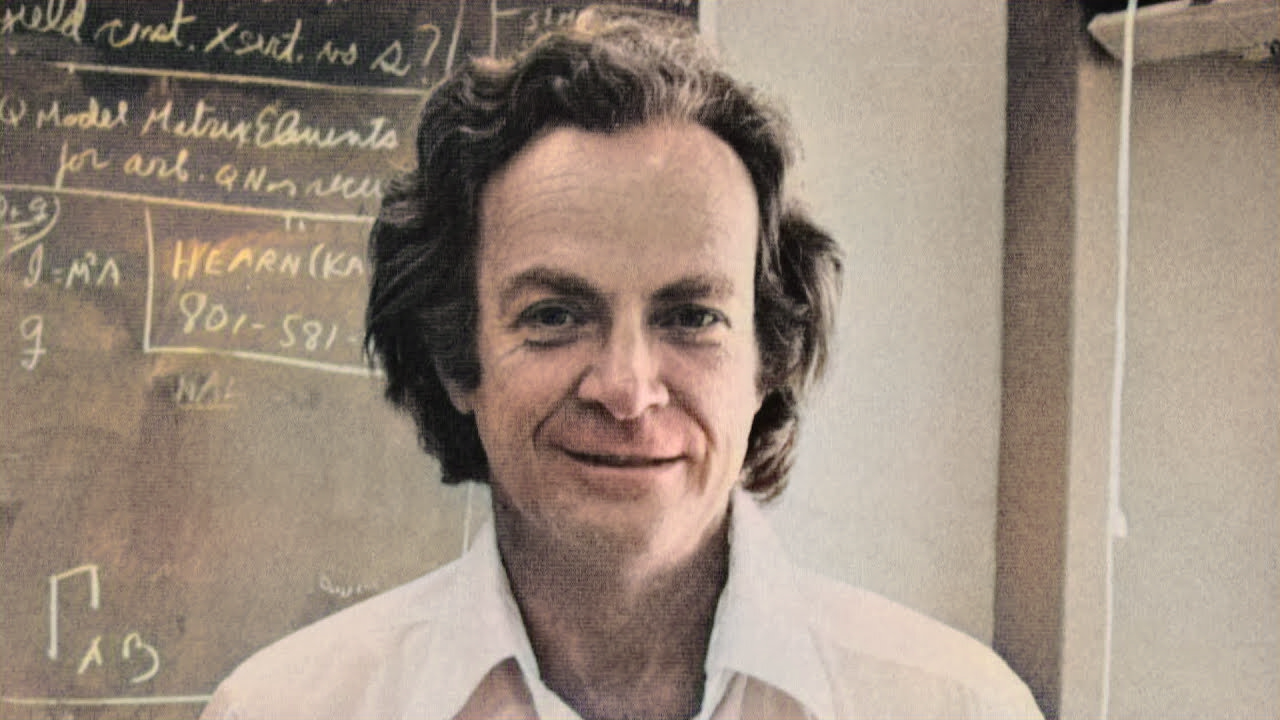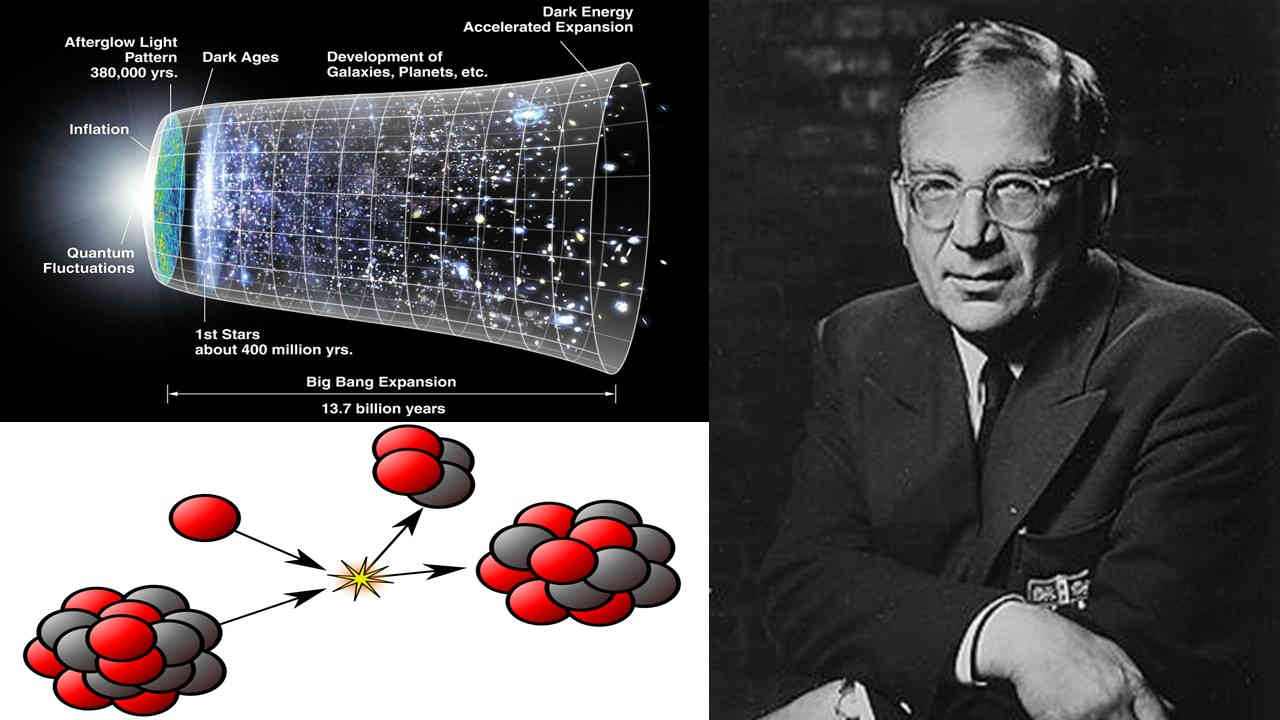
For example: In an atomic bomb, uranium is transformed into krypton and barium. Their combined mass is slightly less than the mass of the original uranium. Though the difference is small, by virtue of speed of light, the energy which is released is enormous.


























 Physics, astronomy and science history blog for students
Physics, astronomy and science history blog for students